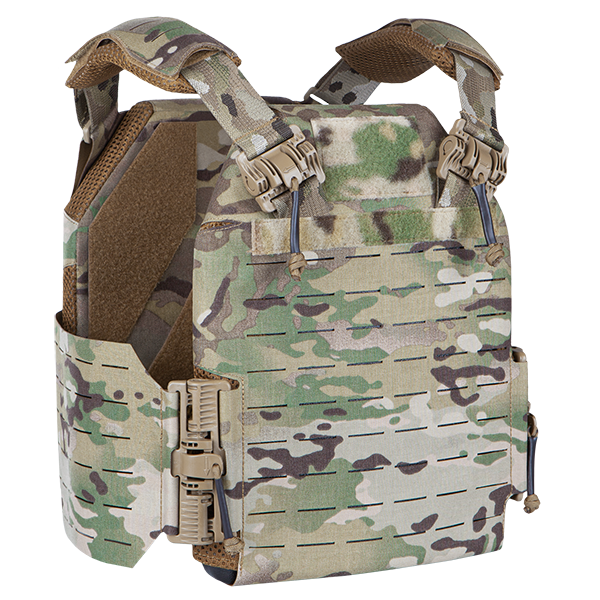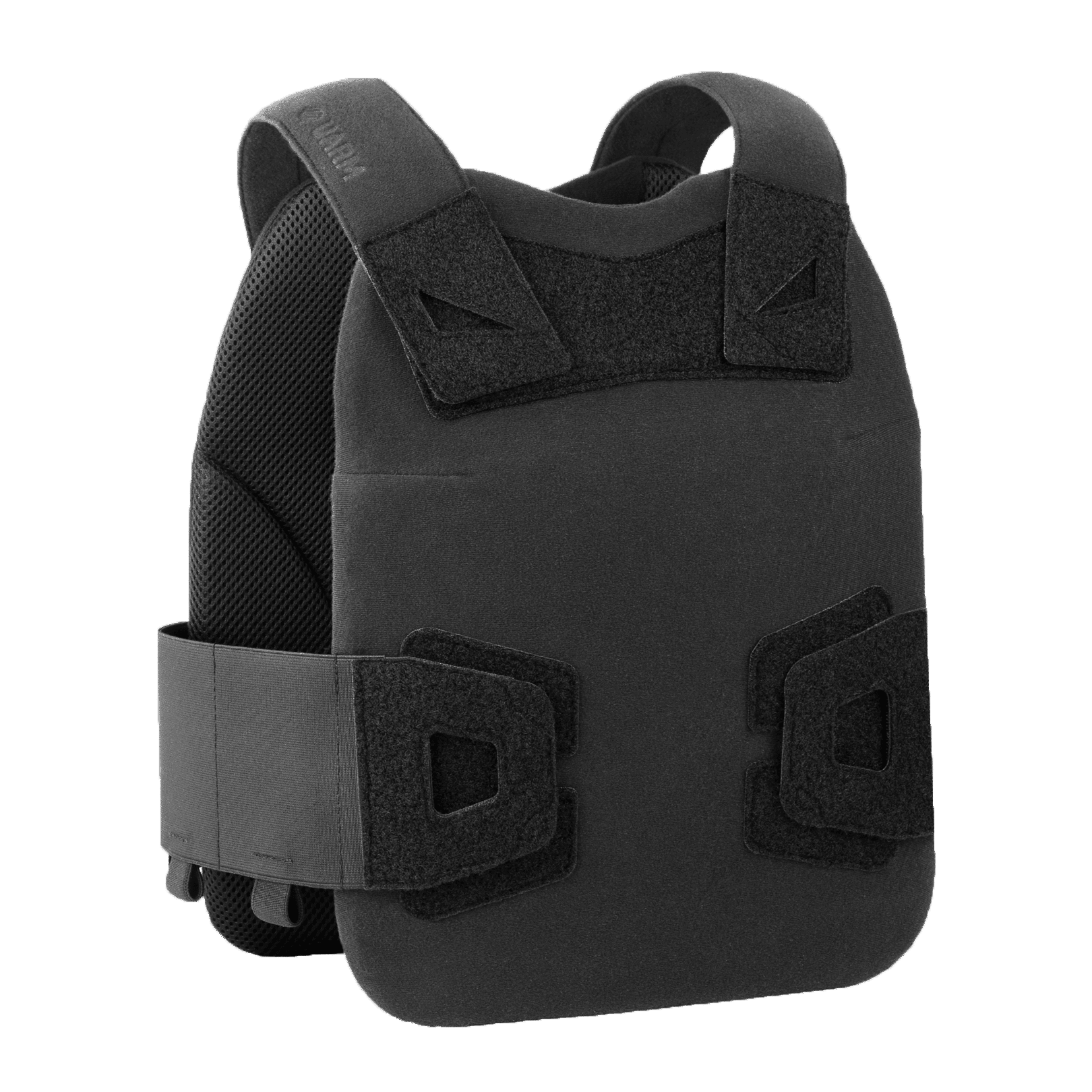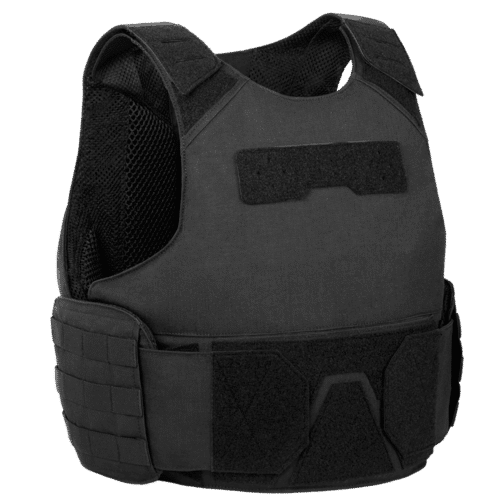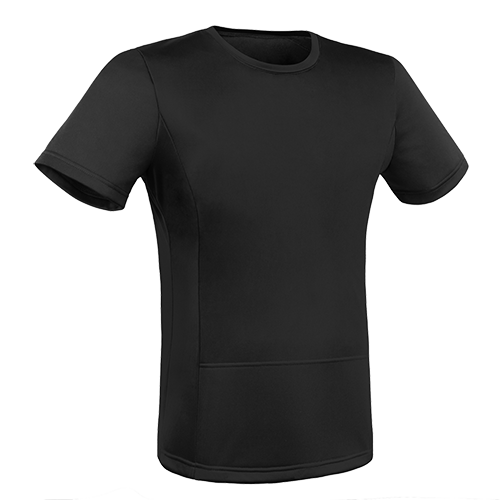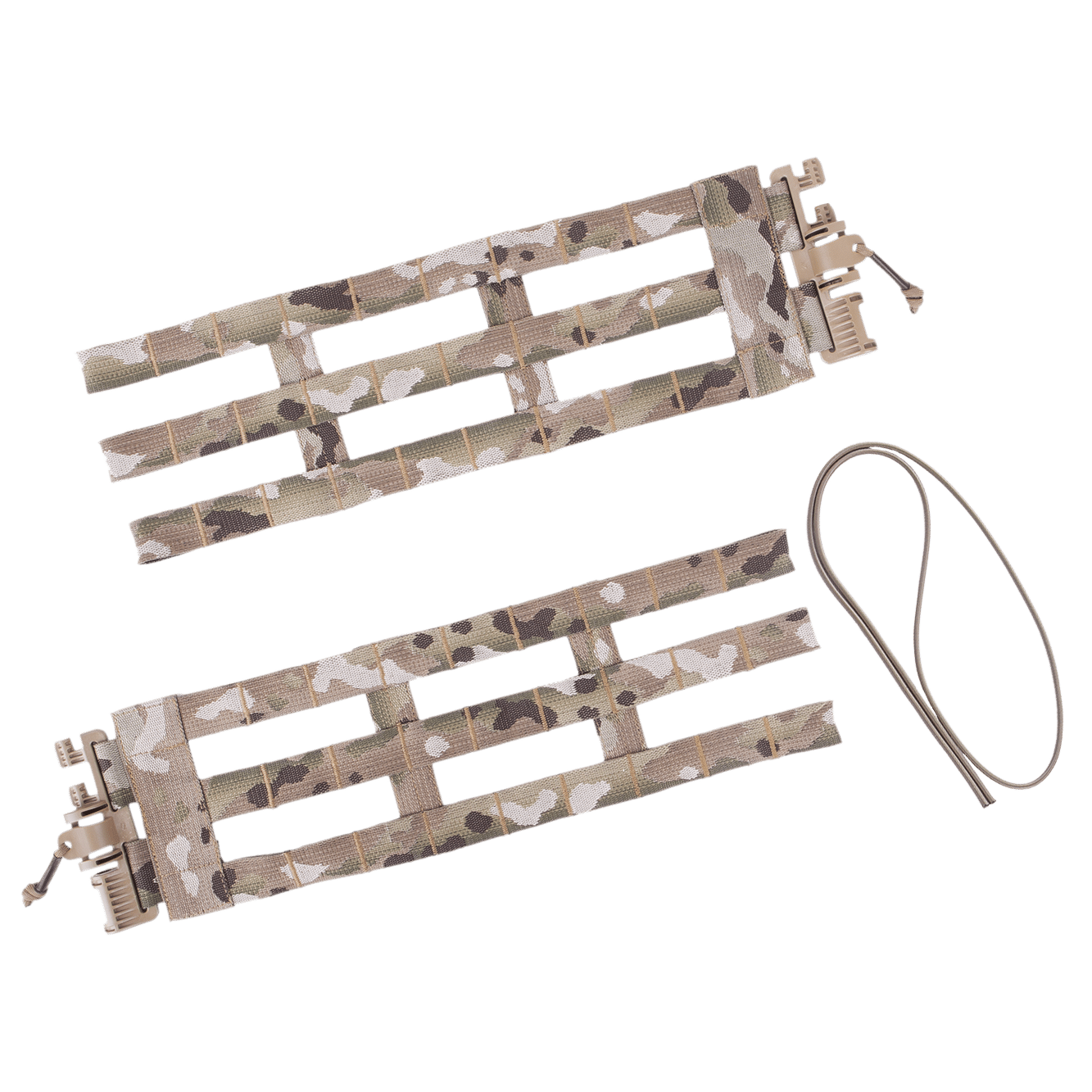Level 4 Body Armor
9In Stock
Sort by Relevance
- Relevance
- Lowest price
- Top customer rating
- Highest price
Sort by Relevance
Sort by
- Relevance
- Lowest price
- Top customer rating
- Highest price
In Stock
Advanced Filters
Protection Level
Level 2 body
armor
8
Level 2 body
armor
8
Level 2 body
armor
8
Level 2 body
armor
8
Level 2 body
armor
8
Level 2 body
armor
8
Protection
Level 2 body
armor
8
Level 2 body
armor
8
Level 2 body
armor
8
Level 2 body
armor
8
Level 2 body
armor
8
Level 2 body
armor
8
It’s not often that you need protection from sniper fire and anti-material rifles. But, when you do, you will want to have an NIJ Level IV plate protecting your vital organs. These plates are made from novel ceramics and have some serious stopping power, with the ability to stop a .30cal round with no injury to the person wearing the plate.
While there are other, somewhat obsolete, types of materials used to create Level IV armor plates, three types are currently in widespread use:
- Aluminum Oxide – Al2O3 (Alumina)
- Boron Carbide – B4C (Tetrabor)
- Silicon Carbide – SiC (Carborundum)
What Is Level 4 Body Armor?
This designation refers to the United States National Institute of Justice’s highest level of ballistic protection. Even though nothing states how this armor should look, currently there are no better options than ceramic and aluminum hard plates that can be inserted into a plate carrier. These armored plates work is a similar way as NIJ Level III, where layers of ballistic material are pressed together to form a solid block. Unlike something like steel, these blocks have both appropriate hardness and shock absorption. Because they are made from long molecular strands of hexagonal crystals, with a single molecule usually running the entire length of the plate, they will spread any impact to the entire plate. Even for alumina, which doesn’t have this hexagonal crystal, the molecules are set in a crisscross pattern, furthering the distribution of force. The lack of a proper crystal does mean that Al2O3 armor will be thicker and heavier, but it will offer the same level of protection. Alumina is also much cheaper to make, making relatively affordable pieces of body armor.What Will Level 4 Body Armor Stop?
Under the designation NIJ Level IV, the combat armor is tested to withstand at least a single shot from a .30 M2 Armor Piercing round. To dissipate that kind of kinetic power, it needs to be slightly tougher and more brittle when it comes to Carbide types. But, it is a misconception that Level IV armor wouldn’t stop regular anti-personnel rounds. It may, on average, take fewer shots before losing integrity, but you shouldn’t plan on getting hit by consecutive shots from a rifle regardless. Types of rounds that would need an NIJ Level IV are:- .30-06 Springfield
- 7.62x51mm NATO
- 5.7x28mm Herstal
- .338 Lapua Magnum
